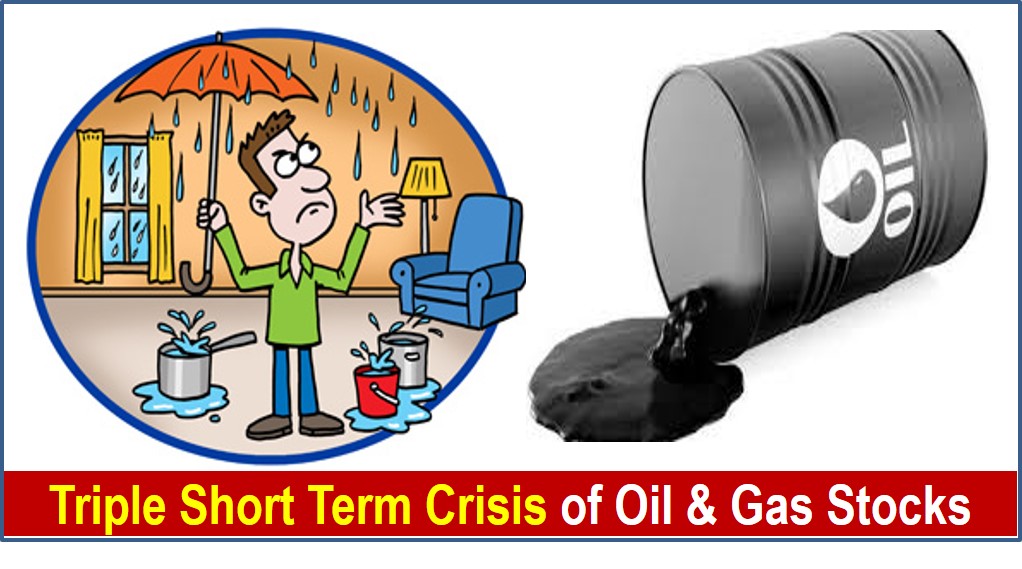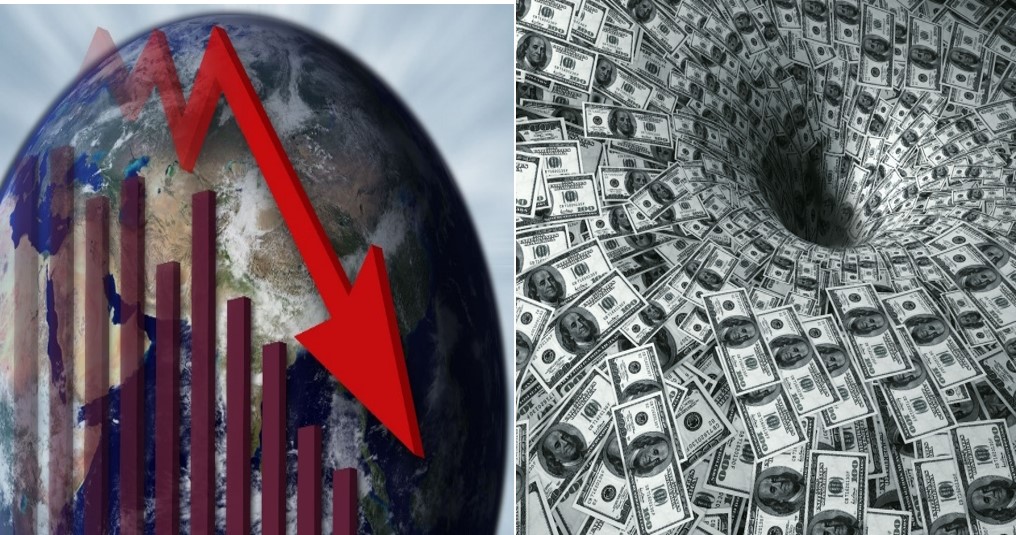
Global Oil & Gas sector has been under crisis mode over the past 6 years, Brent crude oil fell from US$115 (year 2014) to $27 (year 2016) per barrel, about 25% of peak price, a very low optimism for the past 2-3 decades, ending the mega bull run for commodity market (including crude oil, gold, agricultural products, etc).
Over the past 4 years, crude oil together with commodity market in general has been struggling with recovery in prices, achieving an intermediate high of US$86 (year 2018), falling down again to $50, then gradual growth, stable between $60-$70 in last 2 years with joint effort by OPEC and non-OPEC (eg. Russia) oil producer countries to control the oil supply, in an attempt to stabilize the market prices.
Unfortunately, Crude Oil is currently facing triple short term crisis over the past 2 months:
1) Coronavirus
There is less global demand for crude oil. There is less manufacturing in countries such as China which is a major energy consumption country. Some global airlines also cut down flights by more than 30%.
Less demand = Lower price for crude oil.
2) Fall in global stock market
Fear driven stock market fall (especially in US) has affected the confidence of global investors who also invest or trade crude oil, anticipating lower demand for crude oil.
Bearish emotion = Lower price for crude oil
3) Political Conflicts (OPEC vs non-OPEC)
After expiry (end of Mar 2020) of agreement on production cut, it is possible for supply for both OPEC and non-OPEC to increase significantly. Of course, it is possible for interested parties to extend the collaboration but their influence would be weaker each time. The global market share of crude oil could be taken by countries who may not follow the agreement (eg. Iran which needs cash or US with shale oil as new major exporter with lower cost per barrel).
Higher Supply = Lower price for crude oil
================
As a result of triple short term crisis, Brent Crude Oil drops to US$45/barrel currently. $40-$45 is an important support zone (low prices during 2009 global financial crisis), if breaking below $40 while there is no quick solution in a few months with reversal for 3 short term crisis above, it may challenge the last long term support, $27/barrel recorded in early 2016 during the earlier Oil & Gas Crisis.
If so, global Oil & Gas stocks would be under price pressure, falling back to low optimism again. Upstream Oil & Gas sector (eg. exploration of oil) would suffer the most from falling in oil price, following by integrated oil & gas companies. Mid-stream (eg. storage and delivery of oil & gas) and Down-stream sectors (eg. refinery, processing of petro-chemical) would have less impact on its business. Careful selection of Oil & Gas stocks are critical, especially if the current Level 2 (Oil & Gas sector) crisis may be combined with bigger scale of Level 4 black swan (Global Financial Crisis.
Oil & Gas stocks are generally cyclic in nature due to fluctuation of oil price, therefore better to position with Buy Low Sell High strategy, more suitable for trading.
“Crisis is Opportunity” is true only if one knows What to Buy (giant stocks), When to Buy (timing, too early may catch the falling knife) and When to Sell in future (taking profits or potential cut loss if trading in an uncertain global stock market at high optimism).
Learn from Dr Tee Free 4hr investment course to position in global giant stocks with discounted prices, mastering the investment clock for entry / exit. Register Here: www.ein55.com





